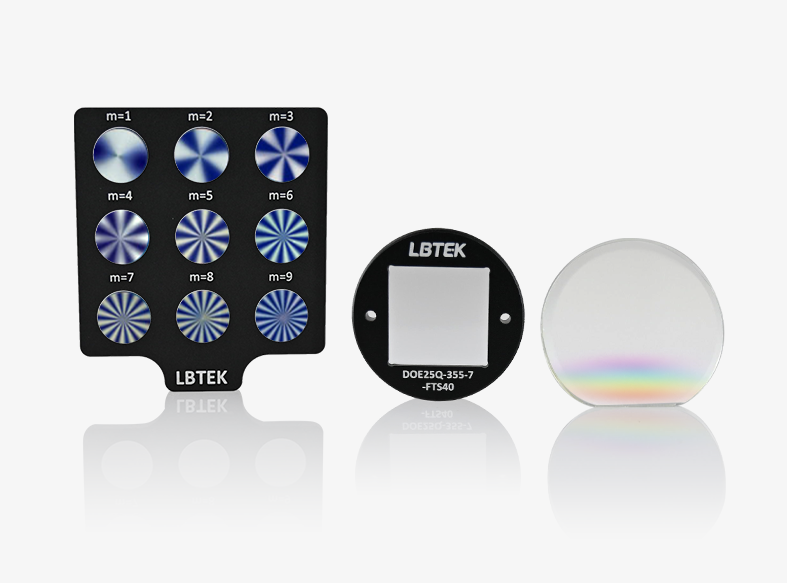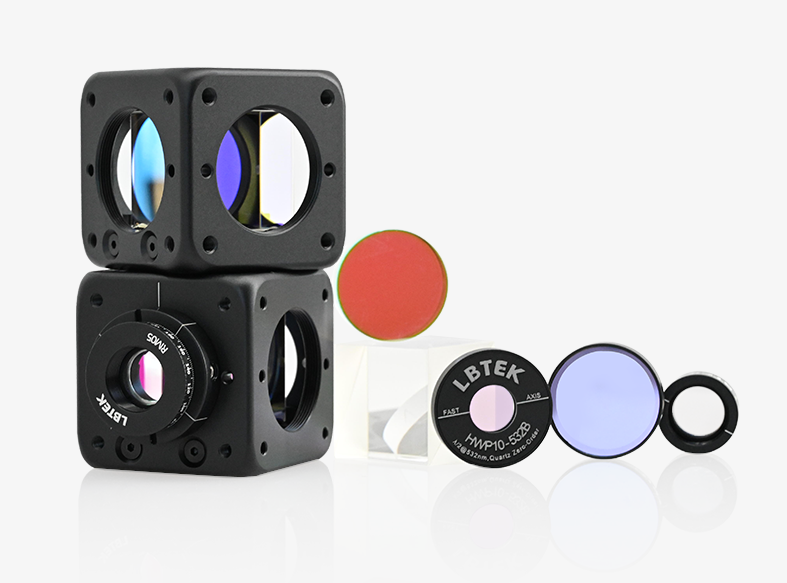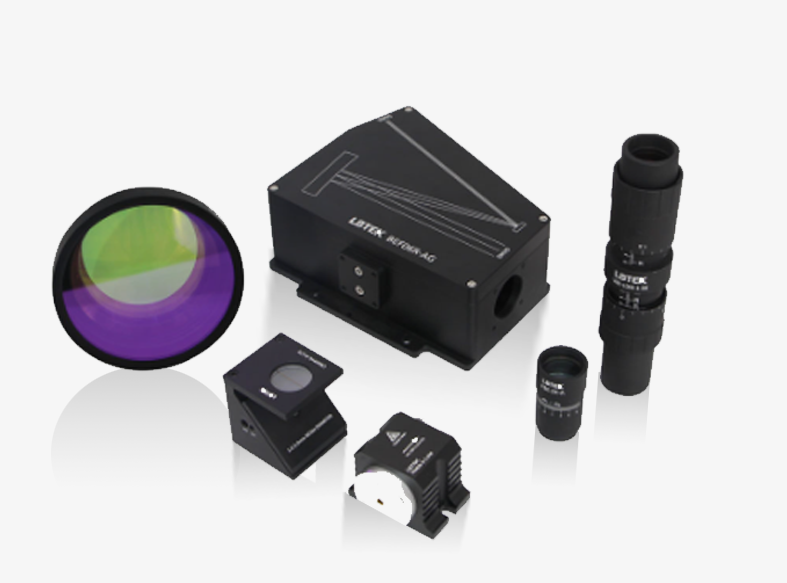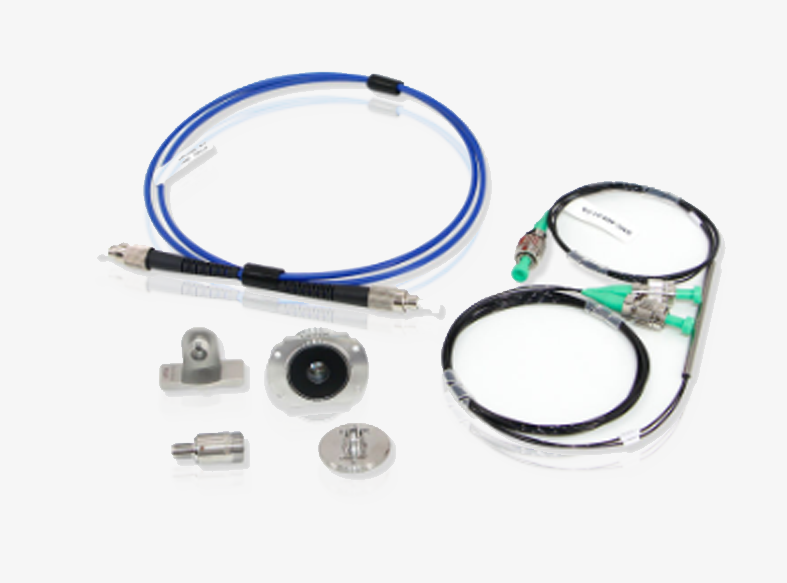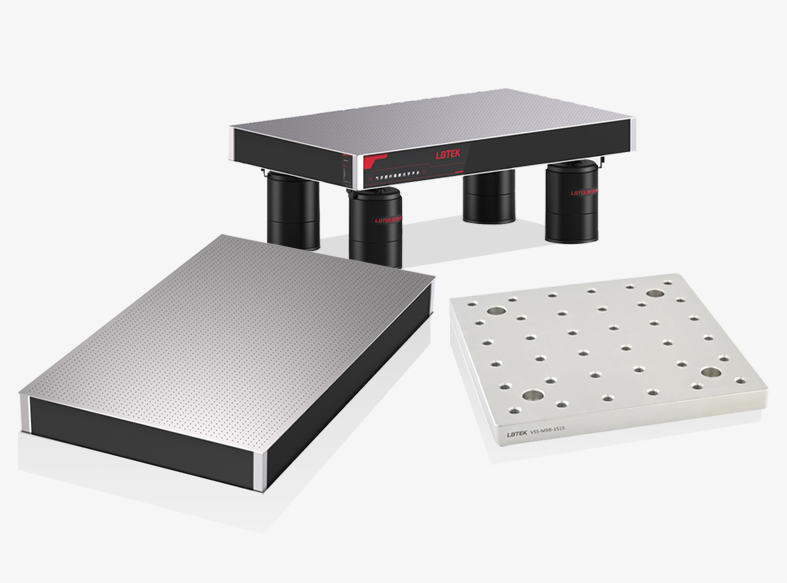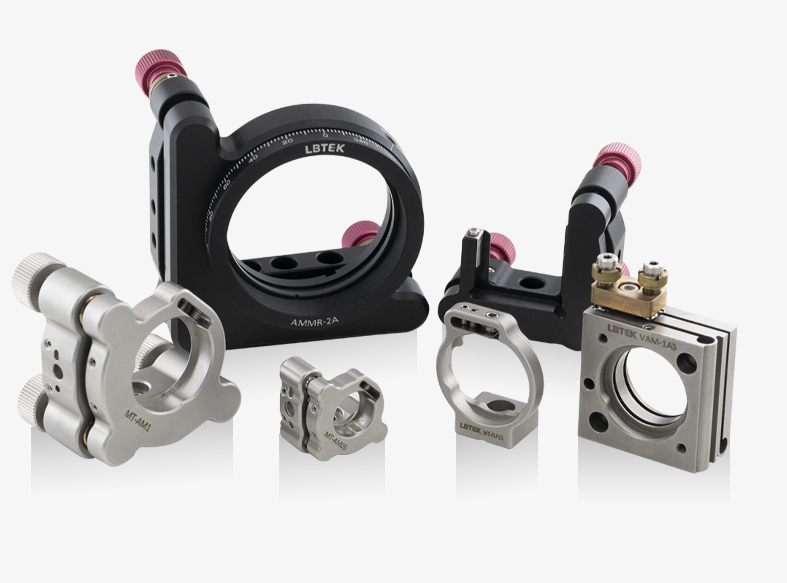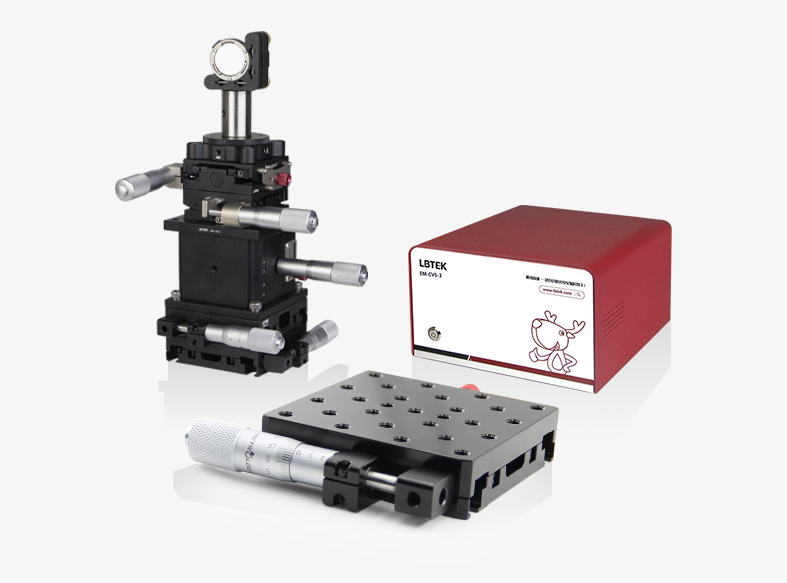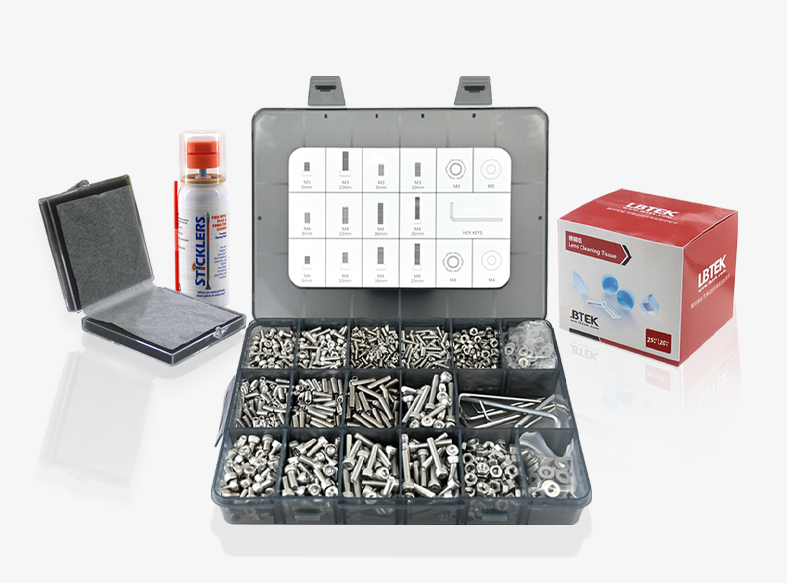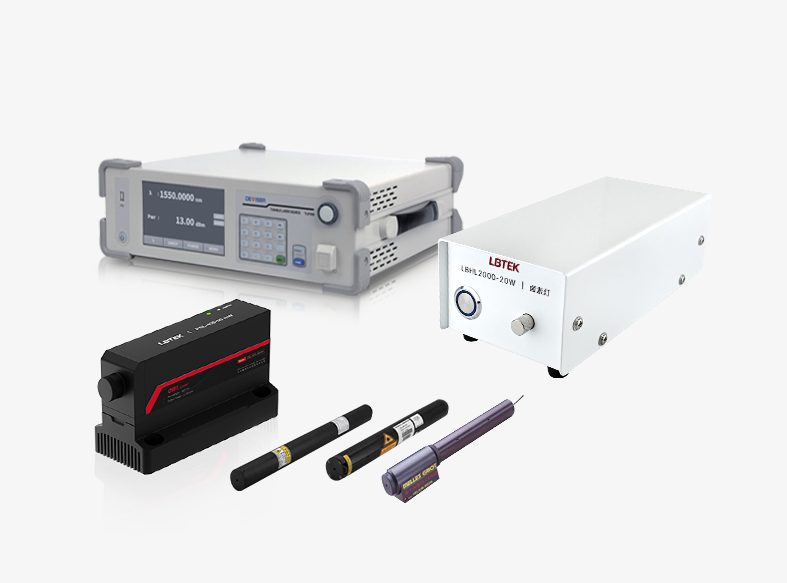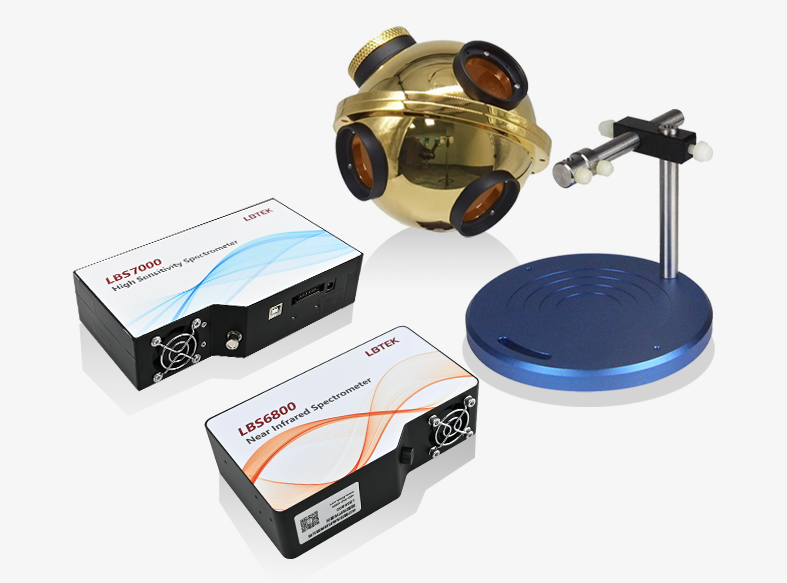- Substrate: CaF2
- Operating Wavelength: 200 nm-8 μm (uncoated)
- Application: Imaging, beam expansion or reduction, convergence

- Substrate Material: CaF2
- Operating Wavelength: 200 nm-8 μm (uncoated)
- Application: Imaging, beam expansion or reduction, focusing
Plano-convex lenses are commonly used in applications such as beam reduction, focal length reduction, or image magnification. LBTEK offers various lenses using CaF2, which exhibits high transmittance in both ultraviolet and infrared spectral ranges, along with an extremely high damage threshold, making it widely applicable in the excimer laser industry. All circular lenses from LBTEK can be mounted in LBTEK standard lens tubes, fixed lens mounts, and various coaxial mounting plates. The surface of these mechanical parts is engraved with the product model, type, diameter and focal length, making it easy for users to quickly identify lens parameters.
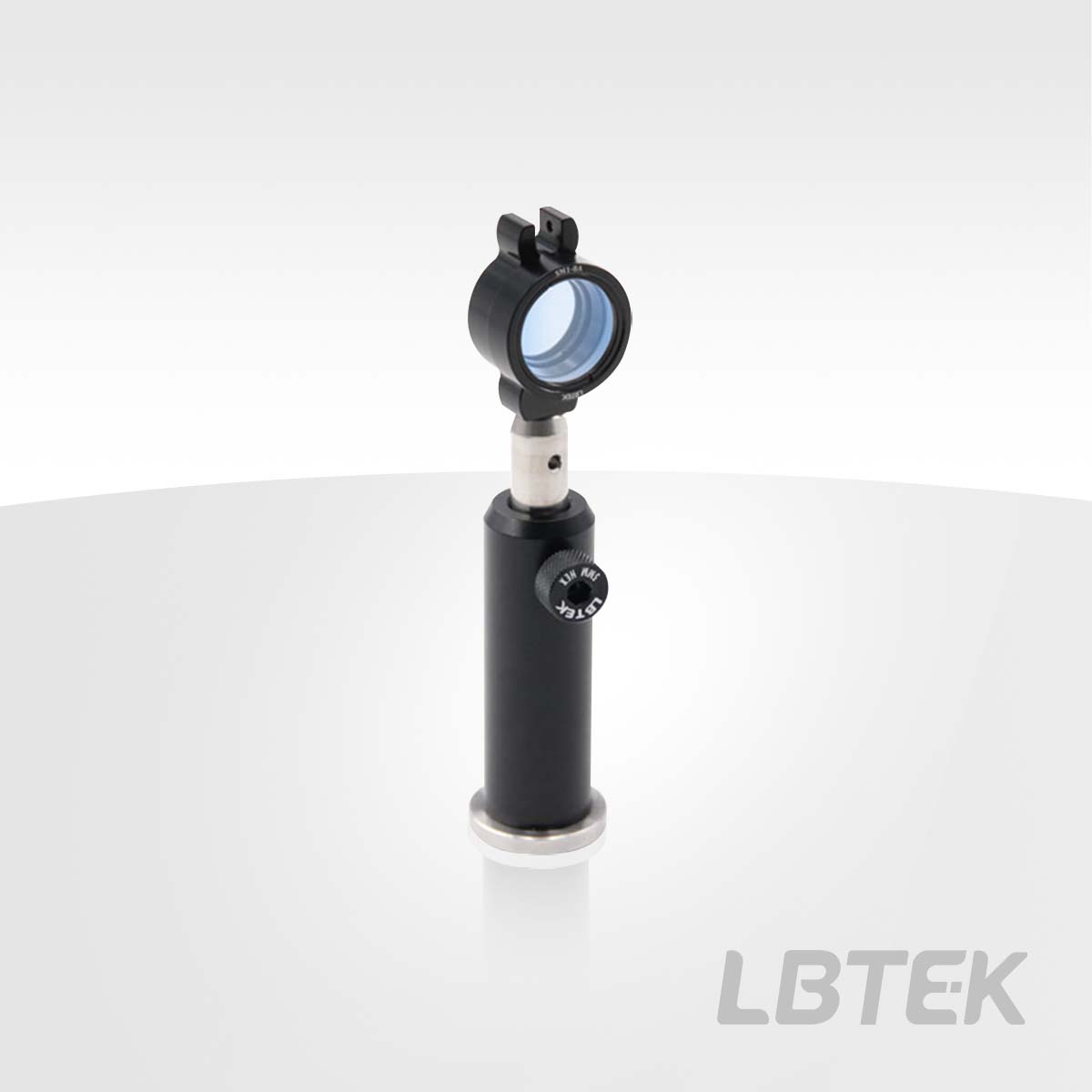
The LBTEK lens housing is engraved with product model and other information.
Product Model | Diameter | Focal length | Unit Price | Compare | Lead Time | ||
|---|---|---|---|---|---|---|---|
| MCX70619 | 25.4 mm | 300.0 mm | $128.65 | today | |||
| MCX70623 | 25.4 mm | 1000.0 mm | $129.96 | today | |||
| MCX70622 | 25.4 mm | 750.0 mm | $129.96 | today | |||
| MCX70621 | 25.4 mm | 500.0 mm | $126.17 | today | |||
| MCX70618 | 25.4 mm | 250.0 mm | $136.49 | today | |||
| MCX70617 | 25.4 mm | 200.0 mm | $129.96 | today | |||
| MCX70615 | 25.4 mm | 150.0 mm | $129.96 | today | |||
| MCX70613 | 25.4 mm | 100.0 mm | $121.2 | today | |||
| MCX70612 | 25.4 mm | 75.0 mm | $142.38 | today | |||
| MCX70610 | 25.4 mm | 50.0 mm | $141.72 | today | |||
| MCX70609 | 25.4 mm | 40.0 mm | $139.76 | today |

- Substrate Material: CaF2
- Operating Wavelength: 200 nm-8 μm (uncoated)
- Application: imaging, beam expansion or reduction, convergence
Plano-convex lenses are commonly used in applications such as beam reduction, focal length reduction, or image magnification. LBTEK offers various lenses using CaF2, which exhibits high transmittance in both ultraviolet and infrared spectral ranges, along with an extremely high damage threshold, making it widely applicable in the excimer laser industry. All circular lenses from LBTEK can be mounted in LBTEK standard lens tubes, fixed lens mounts, and various coaxial mounting plates. Customers can select the optimal mounting solution for different application scenarios.
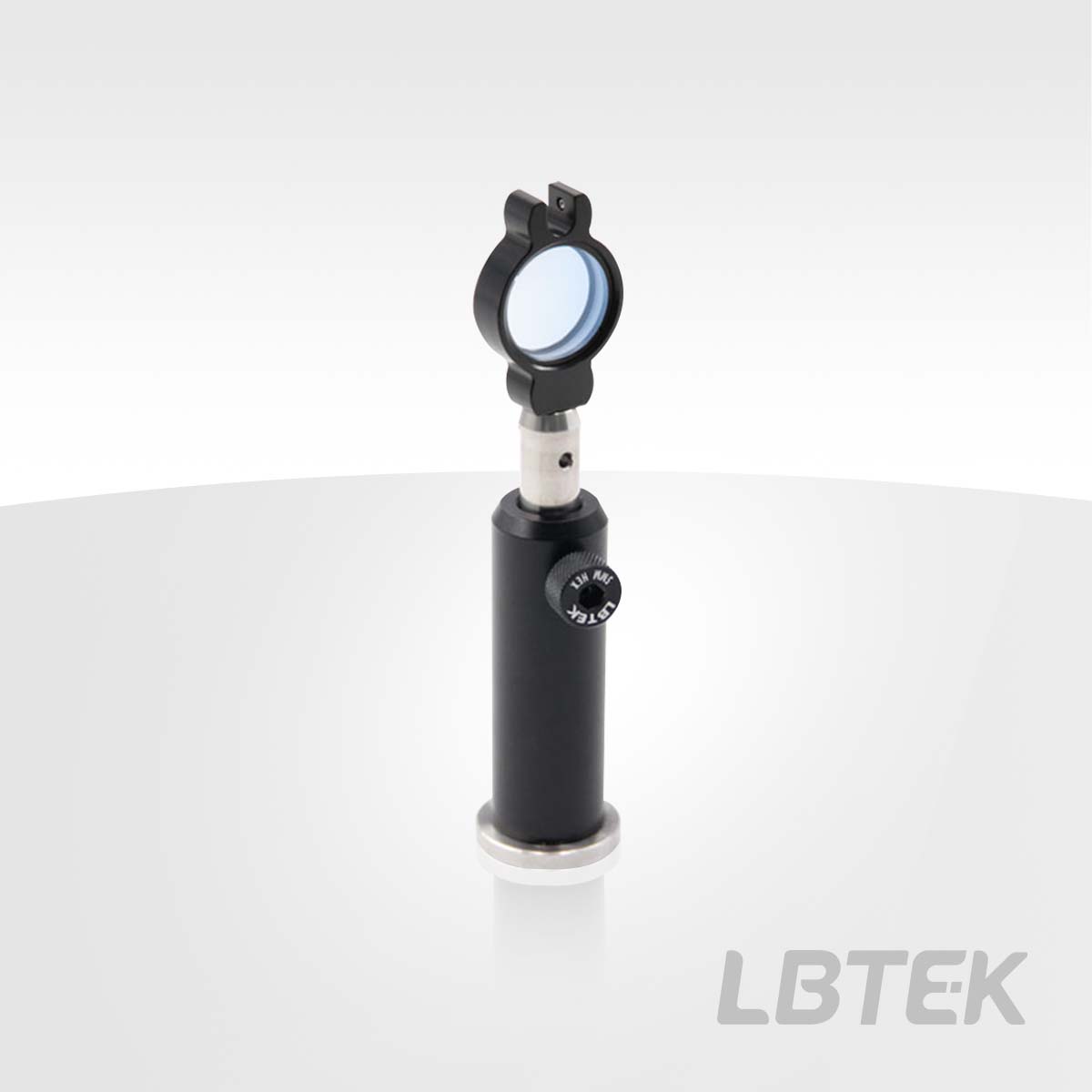
LBTEK unmounted lens is suitable for building compact systems.
Product Model | Diameter | Focal length | Unit Price | Compare | Lead Time | ||
|---|---|---|---|---|---|---|---|
| CX70619 | 25.4 mm | 300.0 mm | $119.37 | today | |||
| CX70623 | 25.4 mm | 1000.0 mm | $115.97 | today | |||
| CX70622 | 25.4 mm | 750.0 mm | $116.88 | today | |||
| CX70621 | 25.4 mm | 500.0 mm | $111.65 | today | |||
| CX70618 | 25.4 mm | 250.0 mm | $128.91 | today | |||
| CX70617 | 25.4 mm | 200.0 mm | $116.88 | today | |||
| CX70615 | 25.4 mm | 150.0 mm | $116.88 | today | |||
| CX70613 | 25.4 mm | 100.0 mm | $106.03 | today | |||
| CX70612 | 25.4 mm | 75.0 mm | $134.53 | today | |||
| CX70610 | 25.4 mm | 50.0 mm | $133.88 | today | |||
| CX70609 | 25.4 mm | 40.0 mm | $132.05 | today |
